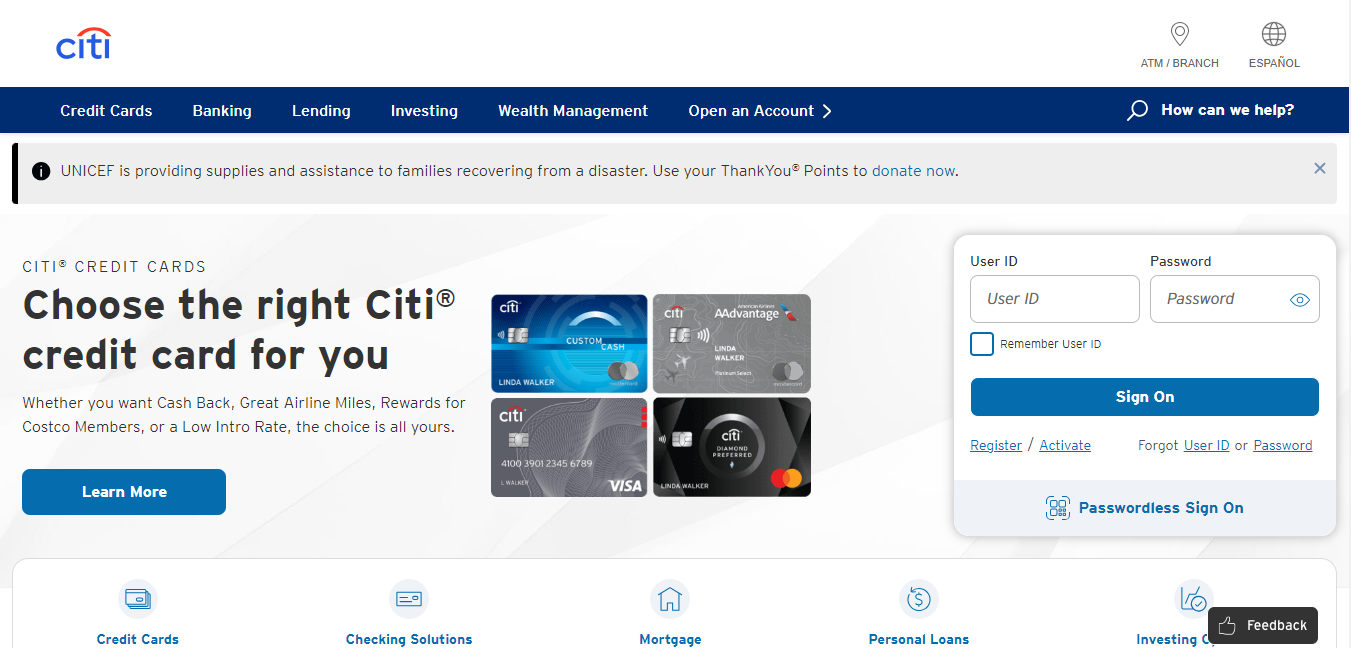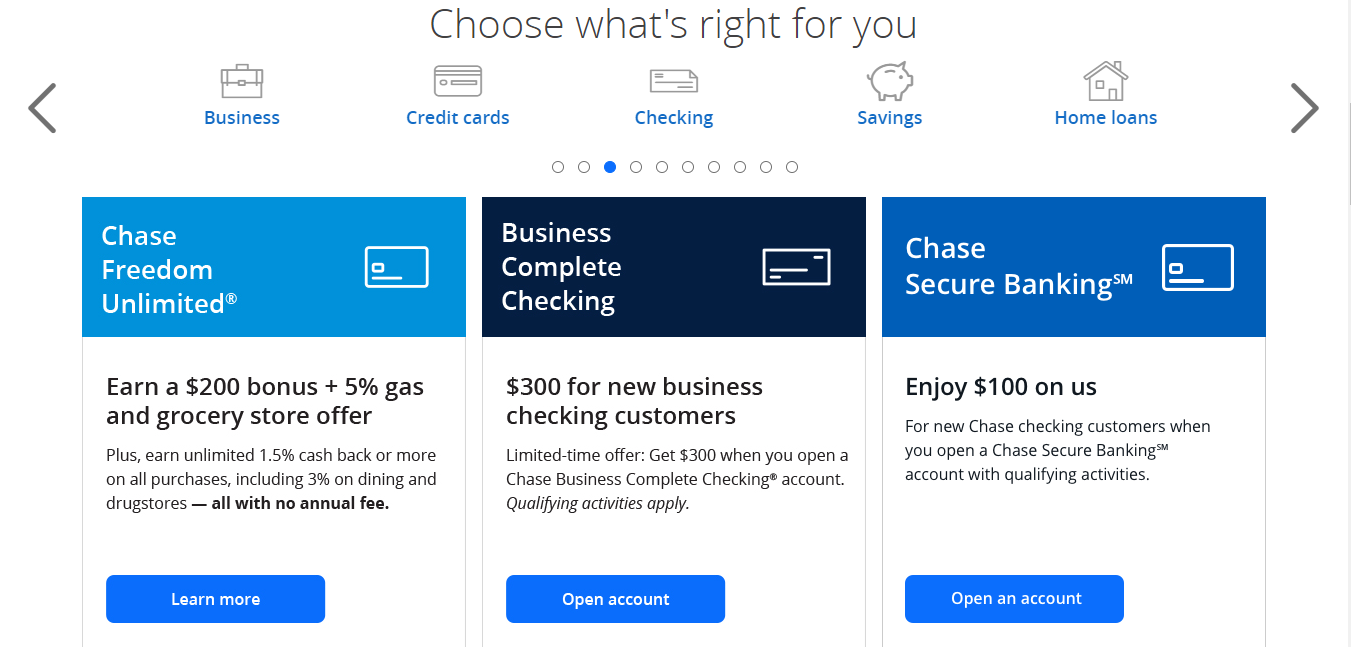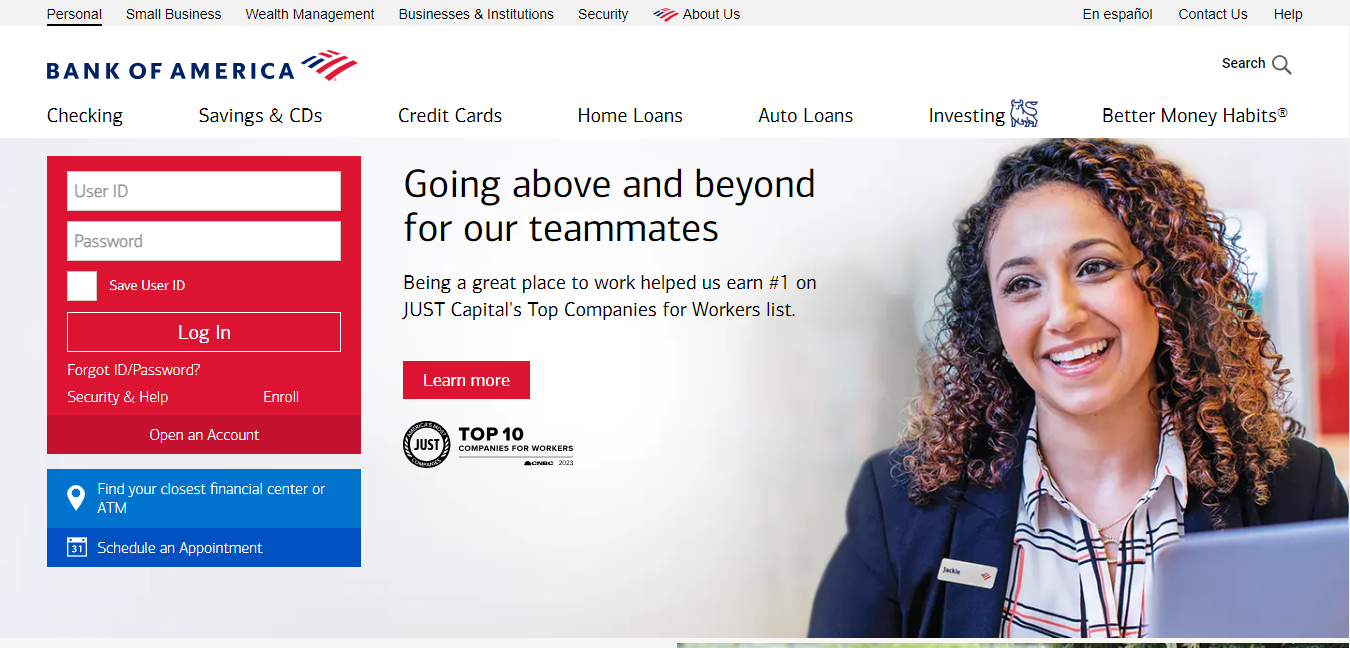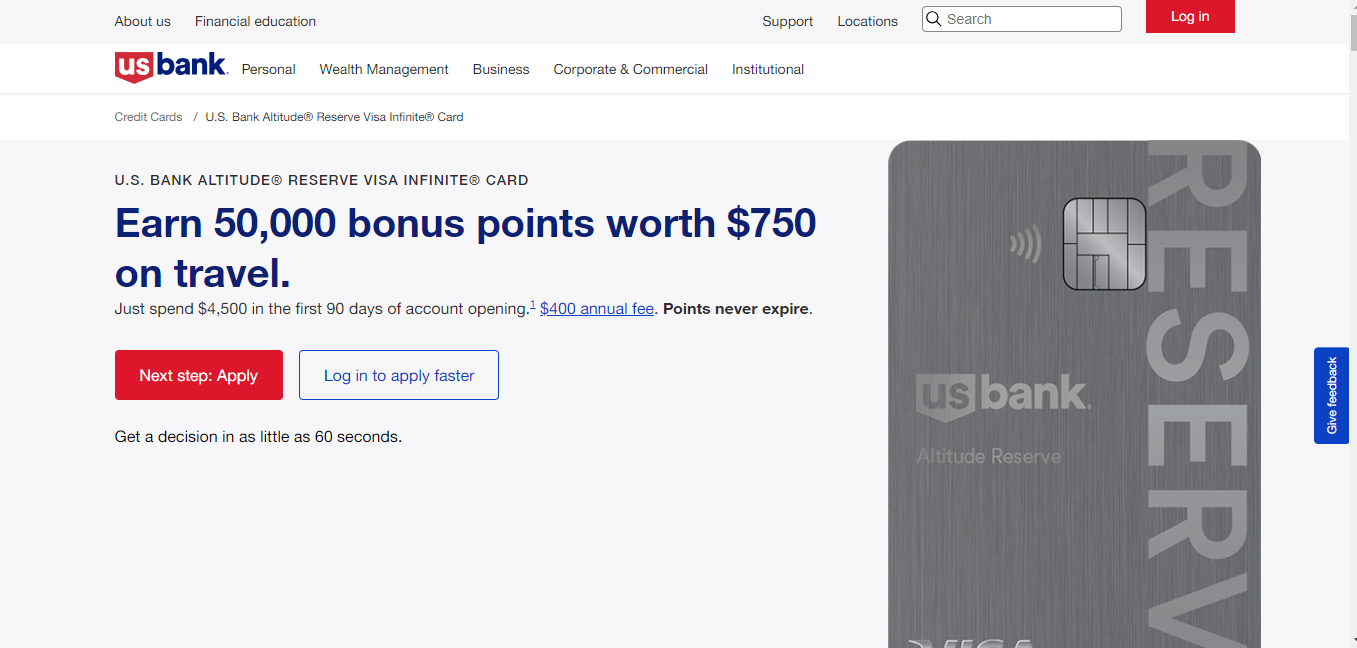In the vast world of credit cards, you’ll find a mix of credit card companies, some good, some great, and some that are simply terrible. In this article, we will go through a tier list of credit card companies, starting with the best and working our way down. Keep in mind that these rankings are subjective and based on personal opinions, but they should give you a good idea of what to expect from each issuer.
Capital One: A Tier (Excellent)
Capital One is a fascinating credit card issuer that often receives mixed reviews. However, recent improvements in their offerings place them in the “excellent” category. Let’s discuss why they have both pros and cons.
Pros:
- Strong Card Portfolio: Capital One has strengthened its credit card lineup with cards like the Capital One Venture X and the Capital One Savor One. These cards offer impressive benefits and rewards.
- Top Rankings: Capital One cards consistently rank high in credit card reviews, thanks to their attractive rewards and features.
Cons:
- Selective Approvals: Capital One tends to deny individuals with excellent credit scores, which can be frustrating for some.
- Stingy Credit Limit Increases: They may be less generous with credit limit increases compared to other issuers.
Capital One is a solid choice, particularly for those in the early to mid stages of their credit card journey. However, they may not be the best option for individuals with excellent credit.
Citibank: B Tier (Pretty Good)
Citibank, often referred to as Citi falls just short of the A tier but is still a solid choice for many. They offer a variety of credit cards and banking products.
Pros:
- User-Friendly App: Citi provides a user-friendly mobile app and website interface.
- Solid Credit Cards: They offer excellent credit cards like the Citi Double Cash, which provides 2% cash back on all purchases, and the Citi Premier, which offers valuable rewards.
Cons:
- Inconsistent Customer Service: Customer service experiences can be hit or miss.
- Less Forgiving with Missed Payments: If you have credit card debt and miss payments, Citi may not be as forgiving.
Overall, Citi is a good choice for building credit and enjoying rewards, but it may not be the best option for everyone.
Chase: S Tier (Ultimate)
Chase stands out as one of the top credit card companies, earning an “ultimate” ranking. They offer simplicity, practicality, and a robust ecosystem of credit cards.
Pros:
- Ease of Use: Chase is known for its straightforward and user-friendly approach.
- Valuable Ecosystem: Chase offers an ecosystem of credit cards, including the popular Chase Sapphire Reserve, which provides outstanding benefits for travelers.
Cons:
- High Annual Fees: Some Chase cards come with high annual fees, but they often provide value that outweighs the cost.
Chase is an excellent choice for both personal and chase business credit cards. They continue to invest in their offerings, making them a top contender in the credit card space.
Credit One Bank: Trash Tier (Avoid)
Credit One Bank is best left untouched. They offer subpar credit cards with unfavorable terms and conditions.
Cons:
- High Fees: Credit One Bank is notorious for its excessive fees, including a cancellation fee if you ever want to close your account.
- Poor Customer Service: Customer service experiences with Credit One Bank are generally unsatisfactory.
- Subprime Focus: Their cards are primarily targeted at subprime credit card holders.
Avoid Credit One Bank at all costs. There are far better options available in the market.
Bank of America: A/C Tier (Depends on Wealth)
Bank of America is a bit of a mixed bag, and your experience largely depends on the amount of money you have with them.
Pros:
- Preferred Rewards Program: Bank of America’s Preferred Rewards program offers enhanced benefits and rewards based on your account balance.
- Cash Back Cards: Their cash back cards, like the Bank of America Cash Rewards Card, can provide significant value when combined with the Preferred Rewards program.
Cons:
- Complexity: Their rewards program can be complex to navigate, and the benefits are more significant for those with higher account balances.
Bank of America can be an excellent choice if you have a substantial amount of money with it, but for everyday users, it may not be a top pick.
Apple: Mid-Tier (Convenience)
Apple, known for its tech products, also offers a credit card. While not groundbreaking, the Apple Card provides convenience and a user-friendly experience.
Pros:
- User-Friendly App: The Apple Card app is intuitive and syncs seamlessly with Apple devices.
- Payment Reminders: It offers helpful payment reminders and easy access to transaction details.
The Apple Card is a decent mid-tier option, especially if you value convenience and simplicity.
U.S. Bank: A Tier (Underrated)
U.S. Bank often goes unnoticed, but they offer credit cards with impressive rewards, such as the U.S. Bank Altitude Reserve Card.
Pros:
- Excellent Rewards: U.S. Bank offers competitive rewards, especially for mobile wallet purchases.
- Solid Customer Support: They have a reputation for reliable customer support.
U.S. Bank is an underrated option for those seeking rewarding credit cards.
Luxury Card: Trash Tier (Avoid)
Luxury Card may look fancy, but it falls short in terms of benefits and rewards, making it an unattractive choice.
Cons:
- Lackluster Benefits: The benefits offered by Luxury Card do not justify the high annual fees.
Avoid Luxury cards and explore better credit card options available in the market.
American Express: S Tier (Top Dog)
American Express (Amex) earns the top spot with an “ultimate” ranking. They excel in providing exceptional customer service and luxurious rewards.
Pros:
- Luxury Benefits: Amex offers a range of luxury benefits, such as access to exclusive airport lounges, hotel upgrades, and more.
- Outstanding Customer Support: They are known for quick and reliable customer support.
- High-Value Rewards: Amex Membership Rewards points can provide significant value for travel and other redemptions.
American Express is a top choice for those seeking premium credit card experiences, and they often outshine their competitors like Chase.
Conclusion
The best credit card companies for you depend on your financial situation, spending habits, and preferences. Consider the pros and cons of each issuer, and choose the one that aligns with your needs and goals. Remember that these rankings are subjective, so it’s essential to research further and read reviews before making a decision.
Frequently Asked Questions (FAQs)
What should I consider when choosing Credit Card Companies?
When selecting credit card companies, consider factors such as your credit score, spending habits, reward preferences, annual fees, interest rates, and the issuer’s reputation for customer service.
What is the difference between Visa, MasterCard, American Express, and Discover?
Visa, MasterCard, American Express, and Discover are payment networks that credit card companies use. The main difference is acceptance; Visa and MasterCard are widely accepted, while American Express and Discover are accepted at fewer locations. The credit card company itself determines the card’s benefits and terms.
How can I improve my chances of getting approved for a credit card?
To improve your chances of approval, maintain a good credit score, have a stable income, and keep your credit utilization low. Choose a card that matches your credit profile and consider secured cards or credit builder cards if you have limited or poor credit.
What should I do if I suspect fraudulent activity on my credit card?
If you suspect fraudulent activity on your credit card, contact your credit card issuer immediately to report the issue. They will guide you through the steps to dispute charges and secure your account.
Are there any fees associated with credit cards?
Credit card fees can include annual fees, late payment fees, foreign transaction fees, and balance transfer fees, among others. It’s essential to read the card’s terms and conditions to understand the fees associated with it. Many credit cards offer benefits that may outweigh these fees, such as rewards or travel perks.










